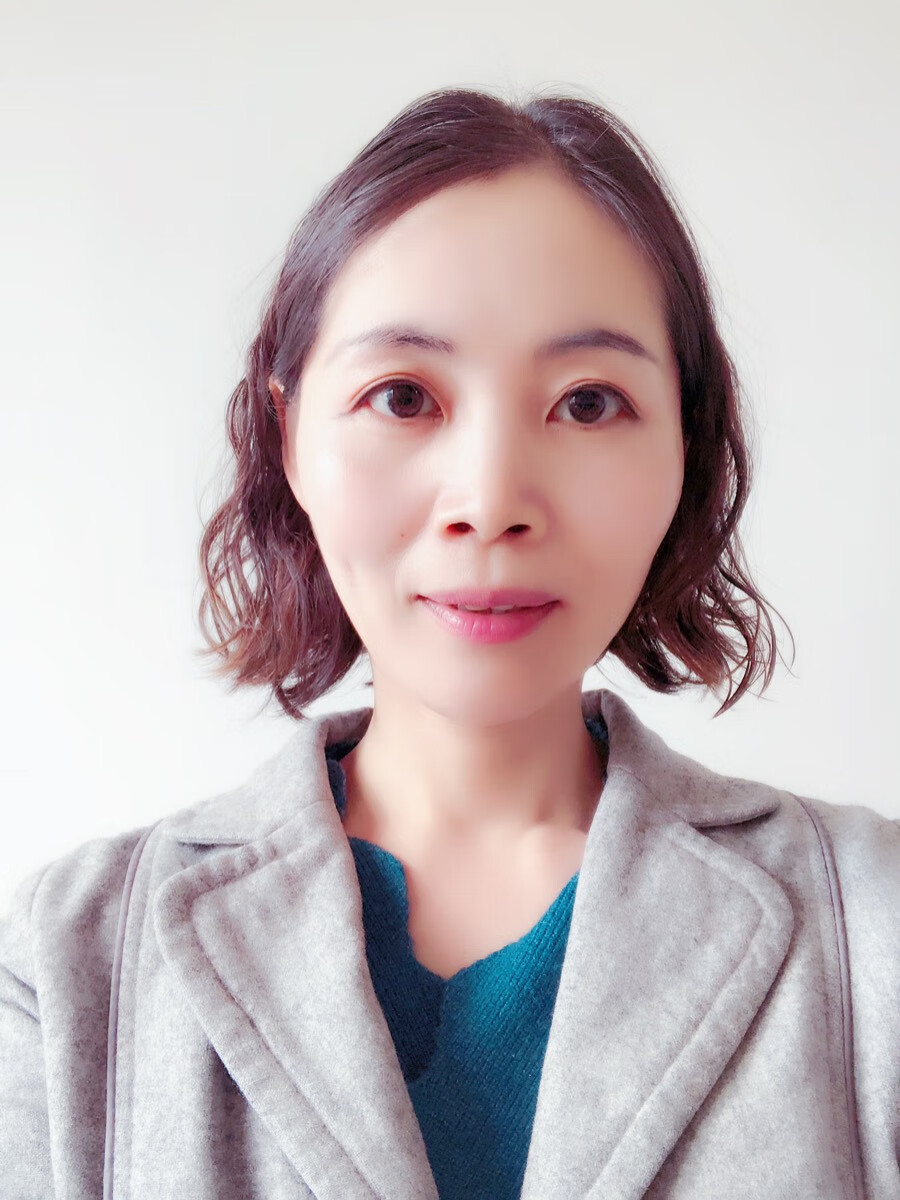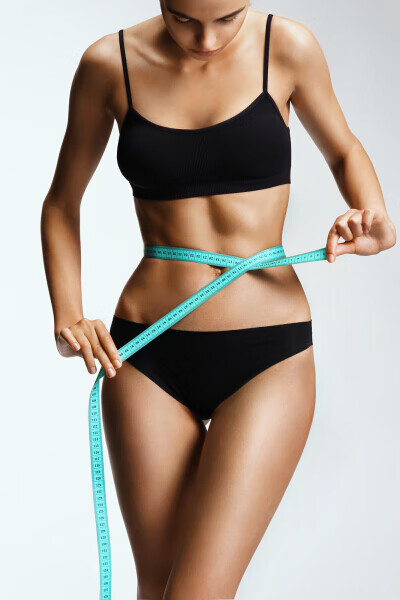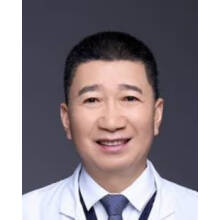文章
干眼 dry eye disease
眼睛干涩 眼睛干燥等,当眼泪无法稳定保持眼表充分润滑时,就会发生这种情况。 常见原因: 老花 药物 激光眼科手术 干燥空气过多 减少眨眼 长时间使用计算机 隐形眼镜的使用 女性激素变化 治疗 自我治疗:在一些不太严重的情况下可能有帮助: 使用防护眼镜阻挡干燥空气 加湿室内空气 将计算机屏幕置于视线水平以下 避免接触烟雾 使用人工泪液 通过眨眼和闭上眼睛来频繁地锻炼眼睛 富含维生素A食物和不饱和脂肪酸适当补充(肝脏,胡萝卜和西兰花)欧米伽脂肪酸-3, EPA, DHA 如果您发现以下情况,请去看医生: 眼睛发红 眼睛疼痛 阅读困难 如果您发现以下情况,请立即就医: 视力丧失 视力 感染的迹象,如发烧,炎症,液体排出 可用于确定干眼症原因的测试和程序包括:1.全面的眼科检查。眼科检查包括您的整体健康状况和眼睛健康的完整病史,可以帮助您的医生诊断您眼睛干涩的原因;特别是角膜荧光素染色下的泪液破裂时间检查(BUT检查,角膜荧光素是否染色阳性);2.测量眼泪量的测试。您的医生可能会使用Schirmer试验来测量您的泪液产生。结膜印迹细胞试验...3.泪液渗透压检查 4.睑板腺相关检查:分布,开头透明度,堵塞等检查和评估等 Diagnosis Tests and procedures that may be used to determine the cause of your dry eyes include: A comprehensive eye exam. An eye exam that includes a complete history of your overall health and your eye health can help your doctor diagnose the cause of your dry eyes. A test to measure the volume of your tears. Your doctor may measure your tear production using the Schirmer test. In this test, blotting strips of paper are placed under your lower eyelids. After five minutes your doctor measures the amount of strip soaked by your tears. Another option for measuring tear volume is the phenol red thread test. In this test, a thread filled with pH-sensitive dye (tears change the dye color) is placed over the lower eyelid, wetted with tears for 15 seconds and then measured for tear volume. A test to determine the quality of your tears. Other tests use special dyes in eyedrops to determine the surface condition of your eyes. Your doctor looks for staining patterns on the corneas and measures how long it takes before your tears evaporate. A tear osmolarity test. This type of test measures the composition of particles and water in your tears. With dry eye disease, there will be less water in your eyes. Tear samples to look for markers of dry eye disease, including elevated matrix metallo proteinase-9 or decreased lactoferrin. More Information Eye exam Treatment Punctal plugsOpen pop-up dialog box For most people with occasional or mild dry eye symptoms, it's enough to regularly use over-the-counter eyedrops (artificial tears). If your symptoms are persistent and more serious, you have other options. What you do depends on what's causing your dry eyes. Some treatments focus on reversing or managing a condition or factor that's causing your dry eyes. Other treatments can improve your tear quality or stop your tears from quickly draining away from your eyes. Treating the underlying cause of dry eyes In some cases, treating an underlying health issue can help clear up the signs and symptoms of dry eyes. For instance, if a medication is causing your dry eyes, your doctor may recommend a different medication that doesn't cause that side effect. If you have an eyelid condition, such as your lids turned outwards (ectropion), your doctor may refer you to an eye surgeon who specializes in plastic surgery of the eyelids (oculoplastic surgeon). Medications Prescription medications used to treat dry eyes include: Drugs to reduce eyelid inflammation. Inflammation along the edge of your eyelids can keep oil glands from secreting oil into your tears. Your doctor may recommend antibiotics to reduce inflammation. Antibiotics for dry eyes are usually taken by mouth, though some are used as eyedrops or ointments. Eyedrops to control cornea inflammation. Inflammation on the surface of your eyes (cornea) may be controlled with prescription eyedrops that contain the immune-suppressing medication cyclosporine (Restasis) or corticosteroids. Corticosteroids are not ideal for long-term use due to possible side effects. Eye inserts that work like artificial tears. If you have moderate to severe dry eye symptoms and artificial tears don't help, another option may be a tiny eye insert that looks like a clear grain of rice. Once a day, you place the hydroxypropyl cellulose (Lacrisert) insert between your lower eyelid and your eyeball. The insert dissolves slowly, releasing a substance that's used in eyedrops to lubricate your eye. Tear-stimulating drugs. Drugs called cholinergics (pilocarpine, cevimeline) help increase tear production. These drugs are available as pills, gel or eyedrops. Possible side effects include sweating. Eyedrops made from your own blood. These are called autologous blood serum drops. They may be an option if you have severe dry eye symptoms that don't respond to any other treatment. To make these eyedrops, a sample of your blood is processed to remove the red blood cells and then mixed with a salt solution. Other procedures Other procedures that may be used to treat dry eyes include: Closing your tear ducts to reduce tear loss. Your doctor may suggest this treatment to keep your tears from leaving your eye too quickly. This can be done by partially or completely closing your tear ducts, which normally serve to drain tears away. Tear ducts can be plugged with tiny silicone plugs (punctal plugs). These are removable. Or tear ducts can be plugged with a procedure that uses heat. This is a more permanent solution called thermal cautery.泪点塞 Using special contact lenses. Ask your doctor about newer contact lenses designed to help people with dry eyes. Some people with severe dry eyes may opt for special contact lenses that protect the surface of the eyes and trap moisture. These are called scleral lenses or bandage lenses.巩膜镜或绑带镜 Unblocking oil glands. Warm compresses or eye masks used daily can help clear up blocked oil glands. A thermal pulsation device is another way to unclog the oil glands, but it is unclear whether this method provides any advantage over warm compresses. Using light therapy and eyelid massage. A technique called intense-pulsed light therapy followed by massage of the eyelids has proved to help people with severe dry eyes. Lifestyle and home remedies You may be able to manage your dry eyes with frequent eyelid washing and use of over-the-counter (OTC) eyedrops or other products that help lubricate your eyes. If your condition is long term (chronic), use eyedrops even when your eyes feel fine to keep them well lubricated. Selecting and using OTC products for dry eyes A variety of nonprescription products for dry eyes are available, including eyedrops (artificial tears), gels and ointments. Talk with your doctor about which might be best for you. Artificial tears may be all you need to control mild dry eye symptoms. Some people need to put drops in several times a day, and some use them only once a day. Consider these factors when selecting an OTC product: Preservative vs. nonpreservative drops. Preservatives are added to some eyedrops to prolong shelf life. You can use eyedrops with preservatives up to four times a day. But using the preservative drops more often can cause eye irritation. Nonpreservative eyedrops come in packages that contain multiple single-use vials. After you use a vial, you throw it away. If you rely on eyedrops more than four times a day, nonpreservative drops are safe. Drops vs. ointments. Lubricating eye ointments coat your eyes, providing longer lasting relief from dry eyes. But these products are thicker than eyedrops and can cloud your vision. For this reason, ointments are best used just before bedtime. Eyedrops can be used at any time and won't interfere with your vision. Drops that reduce redness. It's best to avoid these as your solution for dry eyes, as prolonged use can cause irritation. Washing your eyelids to control inflammation For people with blepharitis and other conditions that cause eyelid inflammation that blocks the flow of oil to the eye, frequent and gentle eyelid washing may help. To wash your eyelids: Apply a warm washcloth to your eyes热敷. Wet a clean cloth with warm water. Hold the cloth over your eyes for five minutes. Rewet the cloth with warm water when it cools. Gently rub the washcloth over your eyelids — including the base of the eyelashes — to loosen any debris. Use a mild soap on your eyelids温和的肥皂. Use baby shampoo or another mild soap. Put the cleanser on your clean fingertips and gently massage your closed eyes near the base of your eyelashes. Rinse completely. More Information Artificial tears人工泪液选择: How to select eyedrops for dry eyes Alternative medicine替代治疗 Further study is needed, but some alternative medicine approaches may help relieve your dry eye symptoms. Discuss the benefits and risks with your doctor. Fatty acids. omega-3脂肪酸口服Adding omega-3 fatty acids to your diet may help relieve dry eye signs and symptoms. These are available as supplements and in foods such as flaxseed, salmon and sardines. Castor oil eyedrops蓖麻油滴眼液. These eyedrops may improve symptoms by reducing tear evaporation. Acupuncture针灸. Some people have seen their dry eye symptoms improve after acupuncture therapy. Preparing for your appointment You're likely to start by seeing your family doctor. He or she may then refer you to an eye specialist (ophthalmologist). Because appointments can be brief, it's a good idea to be well prepared for your appointment. What you can do List any symptoms you're experiencing, including any that may seem unrelated to the reason for which you scheduled the appointment. List key personal information, including any recent life changes. Make a list of all medications, vitamins and supplements that you're taking. List questions to ask your doctor. For dry eyes, some basic questions to ask your doctor include: What's the most likely cause of my dry eyes? Do I need any tests? Can dry eyes get better on their own? What are my treatment options? What are the potential side effects of each treatment? I have other health conditions. How can I best manage these conditions together? Is a generic drug available for the medicine you're prescribing me? Do you have any brochures or other printed material that I can take with me? What websites do you recommend? Do I need to plan for a follow-up visit? Don't hesitate to ask additional questions that may occur to you during your appointment. What to expect from your doctor Your doctor may ask: Can you describe your symptoms? Do you recall when you first began experiencing symptoms? Have your symptoms been continuous or occasional? Do other members of your family have dry eyes? Have you tried over-the-counter eyedrops? Did they provide relief? Are your symptoms worse in the morning or late in the day? What medications do you take? Have you had any radiation to the head or neck? What you can do in the meantime To relieve your signs and symptoms while you wait for your appointment, try over-the-counter eyedrops. Look for lubricating eyedrops (artificial tears) and avoid those that advocate reducing redness in the eyes. Eyedrops that reduce eye redness can cause additional eye irritation. Sept. 24, 2020 Book: Mayo Clinic Guide to Better Vision

裘凯凯
主治医师
珠海眼管家眼科诊所
1086人阅读
查看详情
文章
起床后眼屎多,抠抠就完事了?
如果在路上看到一个眼睛挂眼屎的人,你会作何感受? 不讲卫生?懒?邋遢? 也许他们被冤枉了,也许他们每天都在洗脸,但洗脸的速度远远跟不上眼屎分泌的速度。 如果出现这种情况,可不仅仅是勤洗脸这么简单,可能是眼睛在提醒你:眼睛生病了。 眼屎从哪来? 眼皮上分布着很多睑板腺,睑板腺分泌液体,通过眼睑的眨动,分泌物涂在了眼球上,从而保护眼球,这些分泌物和各种灰尘以及杂质紧密结合在一起,不愿分离,就变了眼屎。 睑板腺一天24小时持续分泌液体,睡觉时一直闭着眼睛,液体无处可去,就堆积在了眼角,所以我们睡醒后会发现眼屎,而不睡觉的时候眼屎很少甚至没有眼屎。 健康的眼屎为透明色或者淡白色,一般比较少,但有时候,眼屎太多,眼屎颜色异常(也有可能是前一天晚上卸妆不干净,混合了点化妆品的颜色),可能是眼睛发生问题的反应。 哪些疾病会引发眼屎增多? ● 结膜炎 结膜炎患者的眼部分泌物会增多,通常还伴随着眼红、眼氧、畏光等等症状。不同类型的结膜炎分泌物不同,白色的分泌物为过敏性结膜炎,黄色的分泌物为感染性结膜炎。 过敏性结膜炎不会传染,而感染性结膜炎会传染,症状较轻的结膜炎可以使用专用的眼药水。 发现结膜炎后,要尽快治疗,只抠眼屎是没有用的。 不同的结膜炎用的眼药水不同,不要擅自用药,同时要避免揉眼,以免脏东西进入眼中。 ● 眼睑内翻 正常眼睫毛的朝向是向外的,而眼睑内翻时,眼睫毛向内推移,形成了倒睫,不断刺激眼球,会产生泪水增多、分泌物增加的问题。如果出现倒睫,还是要尽快医治,睫毛不断的刺激眼睛,很可能会导致角膜损伤。 ● 鼻泪管堵塞 这一种现象常见于刚出生不久的宝宝身上,鼻泪管堵塞的宝宝即便是没有哭闹,也是眼泪汪汪。这是因为鼻泪管是连接鼻子和眼睛的一个很小很小的管道,堵了之后,泪液无法从鼻泪管排出,就和细菌一起堆在泪囊中,细菌在这里繁殖,进而引起感染,引发了泪囊炎,导致了眼屎增多。 可以在家按摩宝宝的泪囊区进行保守治疗,每天按摩3~4次,每次按摩5~10下,如果按摩治疗后,依旧无效的话,还是到医院眼科进行冲洗,或者做探通治疗。 ● 干眼症 干眼症与泪腺异常有关,眼睛会分泌出泡沫状的分泌物,以及伴随着流眼泪和干涩感。经常对着电脑手机的人以及经常戴隐形眼镜的人容易患干眼症。 清理眼屎也是有讲究的,暴力揉搓不可取,指甲可能会刮伤眼睛,手上的细菌可能会让原本健康的眼睛发生炎症。正确的做法是,洗干净双手,用干净的毛巾或者洗脸巾蘸水打湿后轻轻覆盖在眼睛上,软化已经干掉的眼屎,然后从内向外将眼屎轻轻擦去。愿大家都能做一个优雅的抠眼屎人。 想要一对健康的眼睛,平时一定要注意用眼卫生,戒掉揉眼的坏习惯,当眼屎出现异常时,一定要及时到眼科咨询、查找原因,不要擅自在家用眼药水。 参考文献: [1]中华医学会眼科学分会角膜病学组.我国过敏性结膜炎诊断和治疗专家共识(2018年)[J].中华眼科杂志,2018,54(6):409-414.DOI:10.3760/cma.j.issn.0412-4081.2018.06.003. [2]杨利,赵建芳,戚巧玲.新生儿泪囊炎发病的影响因素分析[J].中国妇幼保健,2021,36(13):3054-3057.DOI:10.19829/j.zgfybj.issn.1001-4411.2021.13.041. [3]张晓萍,王琛,赵桂秋,江蕊,姜涛.新生儿泪囊炎的临床治疗与研究[J].国际眼科杂志,2015,15(03):562-564.

京东健康
931人阅读
查看详情





















